
Sharing goods that are hazardous is one of the most important and carefully regulated jobs in the field of international logistics. It is important for global businesses to always follow the right procedures when transporting hazardous materials according to the hazardous materials regulations . It analyzes all parts of DG shipment such as the classifications used and the proper ways to meet compliance rules.
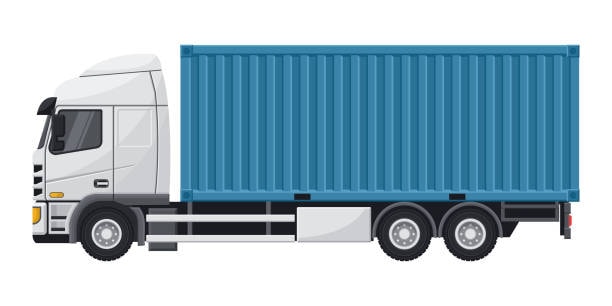
What Are Dangerous Goods and Why DG Shipment Matters
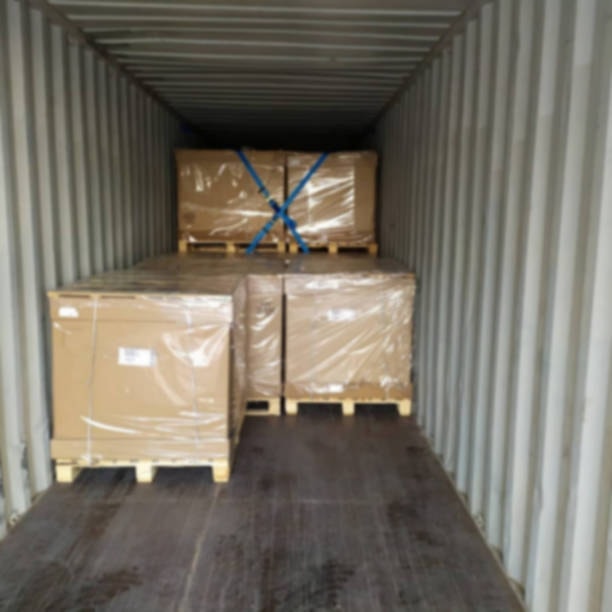
The transportation of dangerous goods includes any items that may endanger health, safety, property or our environment. They should be packaged, labeled, documented and handled with care during the whole process of shipping. Apart from being required by law, proper shipment of DG supports public safety, environmental health and the operations of the business.
Many industries rely on the transportation of dangerous goods such as drugmakers, chemical plants, electronic firms and those working in cars. Businesses should handle the regulations carefully, including understanding the hazard class, to guarantee that these products arrive safely at their intended places. Failing to meet the standards for DG shipments may cause serious trouble, will make shipments slow down and may make the firm liable in the case of accidents or environmental damage.
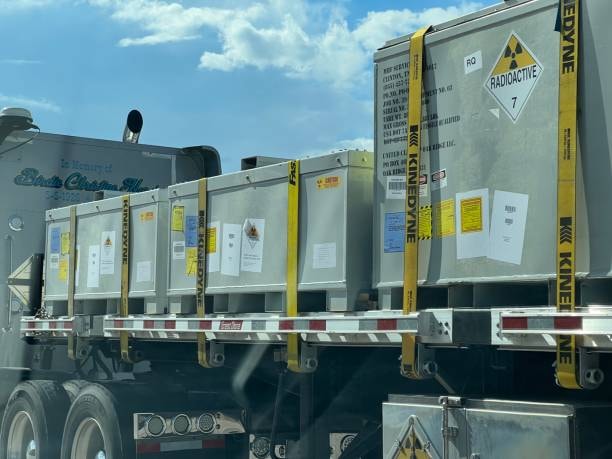
Nowadays, many supply chains use dangerous materials; therefore, having DG shipping expertise gives companies an edge in the market. If companies know these rules, they can avoid facing major problems as their products travel internationally.
Understanding DG Classification Systems and Hazard Classes
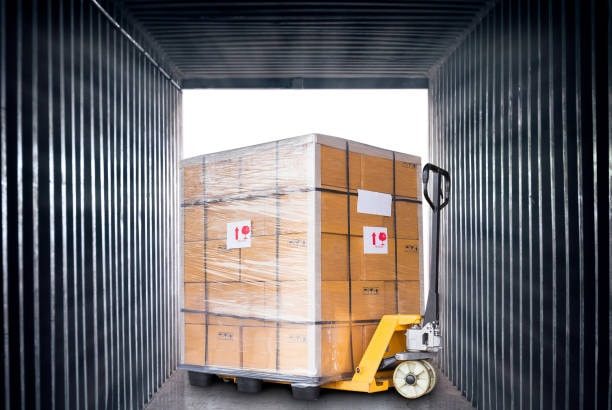
Both the International Air Transport Association (IATA) and International Maritime Organization (IMO) offer proper guidelines for the handling of dangerous items federal regulations. According to these systems, hazardous substances are placed into nine main categories depending on their main hazards, so they are handled in the same way around the globe.
Fireworks, ammunition and blasting agents are the kinds of explosives studied under Class 1. In this class, we find gases such as compressed air, propane and medical oxygen which may be flammable infectious substances. Alcohol, gasoline and perfume are some of the flammable liquids in Class 3. Class 4 has three divisions: flammable solids, substances that can burst into flames without help and those that create flammable gases once they become wet performance oriented packaging.
Some Class 5 dangerous goods such as oxidizing substances and organic peroxides, are able to increase fires or lead to explosions. The subject of Class 6 includes substances considered toxic or infectious which includes pesticides and biological specimens. Radioactive materials in Class 7 are applied mainly to medical, industrial and research operations. Some of the materials in Class 8 are corrosive and can cause harm to the skin, metals or various substances. Classes 9 and 10 also cover miscellaneous dangerous goods and those include lithium batteries and dry ice environmentally hazardous substances.
Every task in WHS is assigned unique standards for packaging, labeling, records and handling materials. When DG items are misclassified due to incorrect dangerous goods documentation , it can bring about unsafe use and may cause severe damage.
Essential Documentation Requirements for DG Shipment
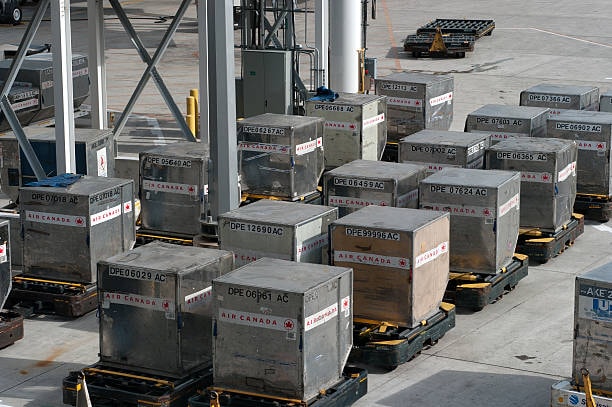
The foundation of safe and legal transportation of dangerous goods is good documentation. The most important document is the Shipper’s Declaration for Dangerous Goods, alongside the material safety data sheet, which outlines the specific danger of the material. According to regulations, the document must be completed by people qualified in DG rules and must be signed to prove it inaccessible dangerous goods.
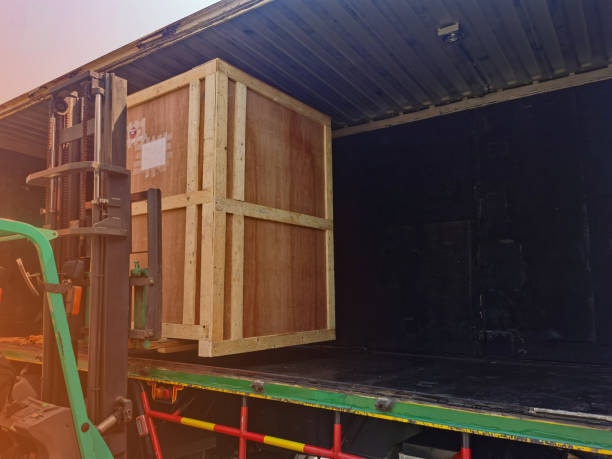
The MSDS or SDS sheets are required and contain all the necessary information about the qualities of these goods and any dangers they may cause. These documents give handlers information on the right way to transport and also to stay safe during an emergency.

A specific way to alert all transportation departments to DG is adding special markings and notations to air waybills and bills of lading. Some types of packaging ask for a Certificate of Compliance, while those in charge of DG shipment are shown to be trained with training certificates hazardous materials table.
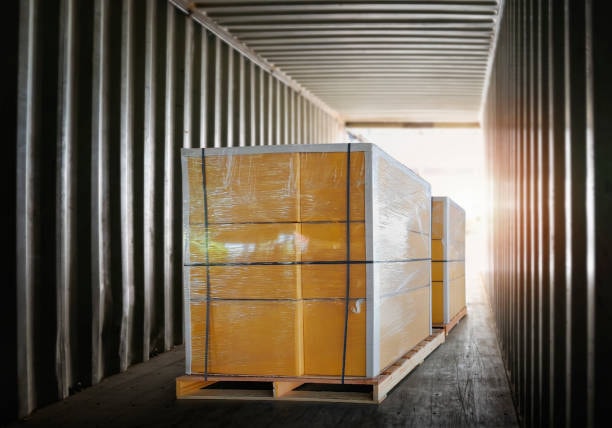
The information about emergency response should always be included in the shipment, making it clear how to handle any accidents or incidents. These procedures allow first responders to take proper measures and protect passengers and the environment if something happens during transport accessible dangerous goods.
Packaging and Labeling Standards for Safe Transport
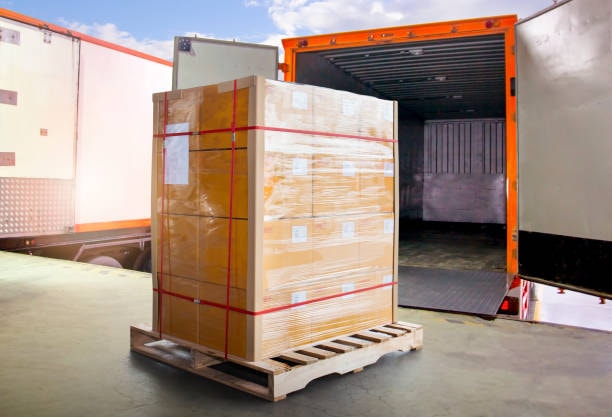
The proper packaging of goods provides the initial protection during their transport. The United Nations ensures that DG packaging performs well in transportation and manages to prevent hazardous materials from leaking. The document lists the types of materials used, what tests are needed and how to mark the products dangerous goods packaging.
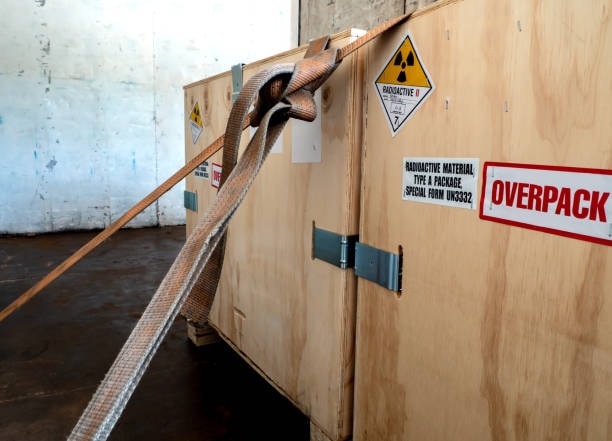
Only after testing to international standards can UN specification packaging be given certification marks by the UN. Goods that are more dangerous need the best possible packaging and Packing Group I is meant for goods that are considered most dangerous.
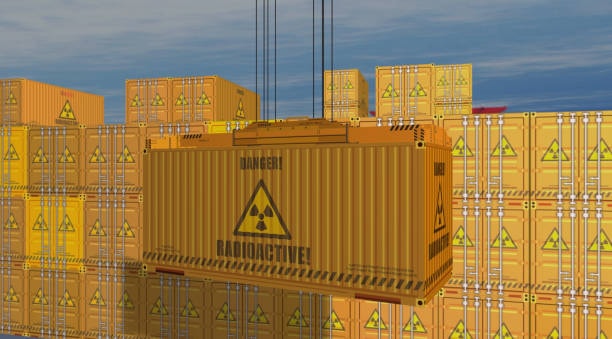
Dangerous goods must be easily recognized during the entire transportation process because of labeling requirements. Using standard symbols and colors, hazard labels point out which risks are present and handling labels offer useful guidelines for moving the product safely. It is necessary for the labels to be easily noticeable and in the right positions so that handlers can act quickly if anything goes wrong lithium ion batteries.
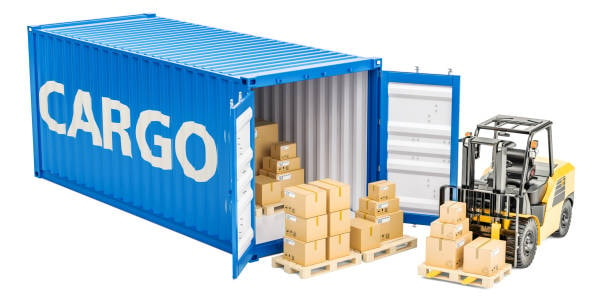
In some cases, orientation arrows, fragile labels and various other signs are necessary for shipping hazardous goods undeclared dangerous goods shipments. They show people how to handle the package safely and lower the risk of accidents while loading, unloading and storing items highway route controlled quantity.
Air Freight DG Shipment Regulations and Procedures
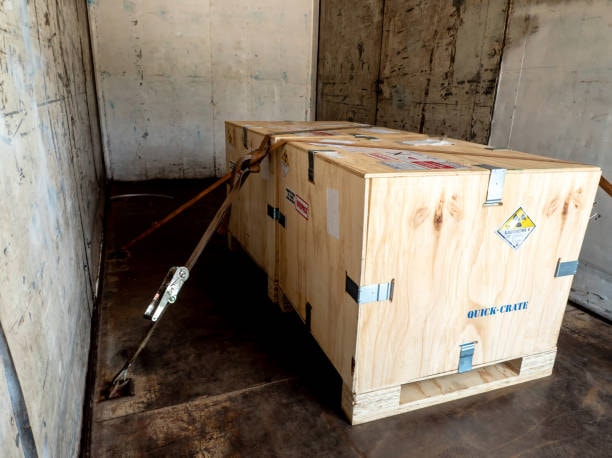
The ICAO establishes strict rules for shipping dangerous goods on planes and IATA ensures they are followed hazardous material. They control amounts allowed, describe how packaged materials should be and organize safe methods for flying hazardous items.
There are tighter restrictions for passenger aircraft than for cargo-only aircraft since many unsafe goods are not permitted on flights carrying people. Different hazard classes and types of packaging mean that only a certain quantity is allowed, therefore accurate thinking is needed to be compliant 49 cfr. Only cargo aircraft are able to transport a few dangerous goods and some are always restricted from being carried in airplanes proper shipping name.
Dangerous goods shipments need to be informed about by airlines in advance, so they can properly organize everything. It is important to follow special rules for storing them, especially when shipping lithium batteries separate similar materials and provide skilled people for loading and unloading these products during ground handling. Any airports that handle dangerous goods should have emergency equipment and response procedures ready at all times.
Careful completion of Luftfracht DG documents is necessary to avoid delays in flights, refusal of the shipment and safety issues ship hazardous materials. Personnel responsible for handling hazardous materials shipments should sign the Shipper’s Declaration and all the necessary documents should be open to being checked dangerous goods shipment.
Sea Freight DG Transport Guidelines and Best Practices
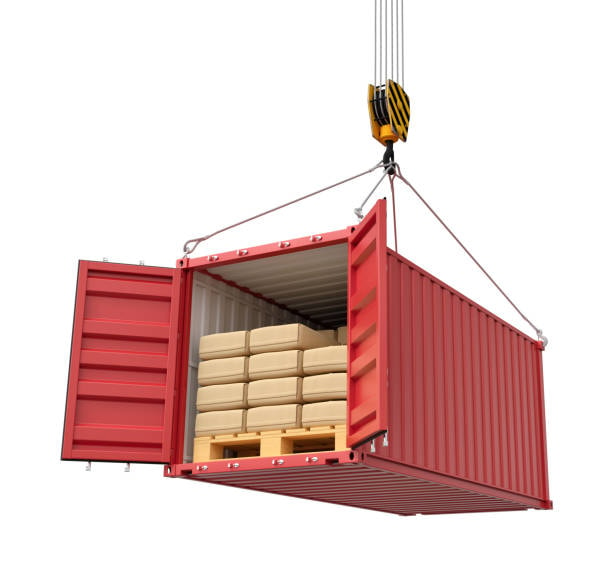
Transportation of dangerous goods at sea is overseen by the International Maritime Dangerous Goods (IMDG) Code which explains how to ensure safe ships. Ocean containers are ideal for transporting large amounts of dangerous goods since more can be shipped than with air transportation.
Requirements for loading and separating containers keep different dangerous goods in safe positions when being transported. IMDG Code indicates safe distances apart and lists dangerous goods that can be grouped together. Securing and storing cargo in a proper manner protects packages from moving and being damaged.
It is necessary to follow extra rules when loading, unloading and storing dangerous goods containers. A lot of ports provide separate areas and specialized equipment for handling dangerous goods which are managed by trained teams. The information needed by port authorities should be available and there must be procedures in place for emergencies.
Major carriers may set additional rules to match their understanding of dangers and what they can handle during shipment. Shippers must understand the policies of the carrier and keep in line with all relevant rules for the shipment to go smoothly.
Road and Rail DG Transportation Considerations
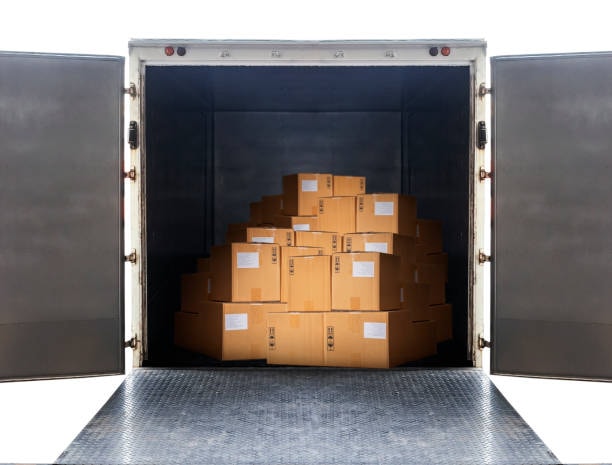
There are important regulations for transporting dangerous goods that differ in each country and region. Under ADR, dangerous goods transport on the roads in Europe follows agreed regulations; comparable agreements exist for other parts of the globe. The Regulations concerning the International Carriage of Dangerous Goods by Rail, commonly known as RID, are the guidelines used for rail transport.
The rules for vehicles and driver education make sure that dangerous goods are moved safely on the ground. Safe transportation of certain kinds of dangerous goods such as those affected by temperature, may call for having specialized vehicles. Proper professional qualifications and learning make sure drivers manage tasks safely as the journey goes on.
During route planning for dangerous transport, it is important to consider if the area has a high population, weak roads and sufficient emergency services. In a number of areas, lawmakers have forbidden transporting dangerous items through tunnels, through flooded areas or through places sensitive to the environment. Rules may be put in place to avoid accidents during the busiest times of day.
Emergency procedures for ground transport call for having emergency equipment, set communication strategies and writing up incident reports. Anyone who drives vehicles should know what to do in emergencies and carry the necessary items to address accidents during transport.
International DG Shipping Compliance and Legal Framework
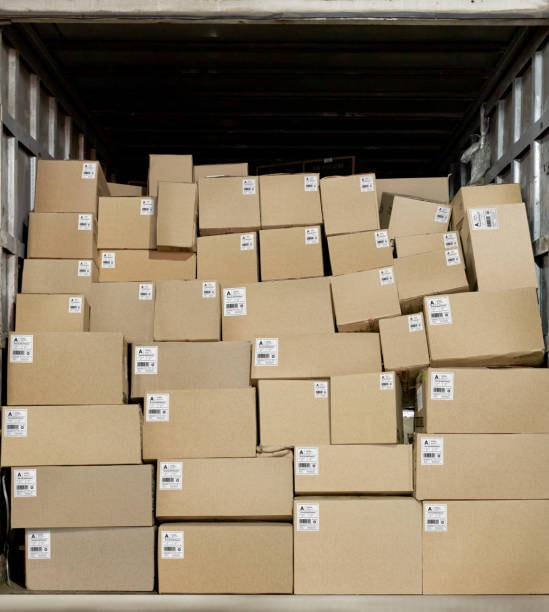
To comply with the laws in various countries, shippers must handle numerous regulations on dangerous goods. Since each country interprets international standards in its own way, it is important to pay attention to tailored requirements for deliveries to each destination.
To deal with dangerous goods, you often need to submit extra documents and have your cargo inspected. To ship poisonous or environmentally risky goods, you may have to obtain permits for import and export. Authorities at customs might need you to announce your order and handle it according to their rules.
Insurance and liability for DG shipment go further than the usual coverage for cargo. Taking out special dangerous goods insurance could become necessary for handling environmental damage, costly cleanup operations and liabilities to others. Being aware of your insurance coverage and what kinds of claims it does not cover is essential for taking care of risks.
Penalty options for non-compliance may involve paying big fines, losing shipments and facing criminal charges for the most significant offenses. Frequent reviews and proper training prepare organizations to stay within new rules and prevent major violations.
Technology Solutions for DG Shipment Management
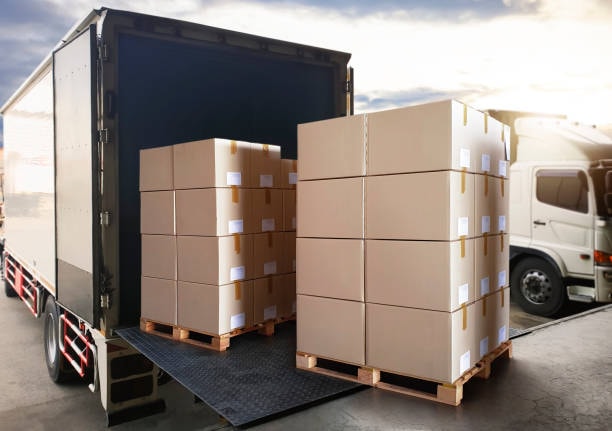
With logistics technology, it is possible to regulate the movement of dangerous goods safely and correctly. Platforms used in logistics can handle the organization of goods, generate essential documents and watch the shipments as they move. These systems work to decrease mistakes made by people and ensure all regulations are handled consistently.
Keeping track of shipments lets companies react in advance to any concerns with dangerous goods. Checking temperature, spotting shocks and following locations help confirm that hazardous goods are secure all along. Relevant people can be automatically contacted when there is a deviation or possible issue.
Managing documents in a system makes it more efficient to create, keep and retrieve paperwork for dangerous goods. Digital systems review the data against official databases, identify any compliance threats and save a record of every activity needed by authorities. By working with carrier systems, data sharing is easy and there are fewer delays in processing it.
Such platforms help businesses keep accurate certifications and follow up on the training needs of their DG staff. The systems can organize training updates, keep certificates in order and guarantee that only approved individuals deal with dangerous goods at work.
Cost Factors and Pricing in DG Shipment
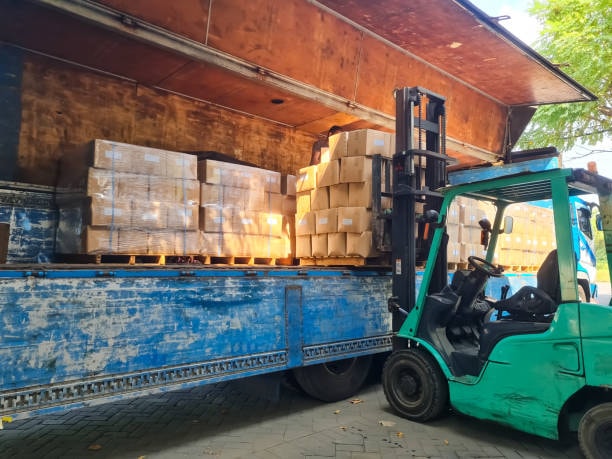
Since handling dangerous goods is more complex, their shipment is usually more expensive than regular cargo that does not have similar needs. When businesses understand cost factors, they can decide on the budget and the type of shipping service to use.
UN rules and testing make the packaging costs for dangerous goods much higher than those for normal products. Spending more money on packaging is due to special materials, certification and diligent compliance checks. Some companies have opportunities for bulk discounts on dangerous goods shipping if they ship them frequently.
Surcharges for dangerous goods travelling by road, air or ocean depend on the method used and the type of hazard. Higher surcharges are charged by airlines due to the tougher safety conditions and restricted space available in flights. Ocean carriers often give better prices on shipping bulk dangerous goods, mostly when the materials involved are not that hazardous.
Services besides transportation such as dealing with customs, storing goods and emergency help, could add to the total estimated cost. Many times, when you get services from companies that handle dangerous goods, the extra cost is made up in reduced risks and more effective procedures.
Common Challenges and Solutions in DG Logistics
Regulating dangerous goods adds many difficulties to the logistics process. It is necessary to keep track of updated rules, correctly evaluate the requirements and apply them in a uniform way in different regions. Having assistance from known hazardous materials experts can guide you well.
There are ongoing difficulties for organizations shipping DG due to the requirements of training and certification. Staying up to date with certifications, covering important training areas and overseeing movements of trained staff need to be handled in an organized way with enough resources. Training programs that are carried out on a regular basis and systems for tracking certifications help deal with these obstacles.
Accurate and complete documentation is rarely simple, mainly when an organization lacks experience with dangerous goods. If there are mistakes in how a product is classified, packaged or what needs to be declared, it may bring about delays in sending the product, possible violations and safety concerns. Following standard guidelines and checking the work improves how accurate the documents are.
Constrained capacity for transporting dangerous goods can make things tough during busier or more particular periods. A lack of skilled carriers, unique equipment and well-trained employees may cause shipping problems and delays. Having agreements with several service providers and planning ahead for deliveries can solve any capacity issues.
Selecting the Right DG Shipment Service Provider
It is important to review the capabilities, experience and records on compliance before choosing a dangerous goods service provider. Doing business with service providers means checking if they are familiar with current regulations, certificates are up to date and they have positive experience with similar goods.
Dangerous goods certification and accreditation show how strongly the company is invested in handling dangerous materials. It is important to choose providers with IATA dangerous goods training, active memberships in the right groups and acknowledgment from the relevant authorities. Reading customer references and case studies can reveal things about the company’s reliability and the quality of their services.
Your shipping needs should guide your decision when choosing how far your goods will be delivered and by what approach. Service providers able to connect across the world and use various transportation modes can provide wider-range services and ensure smooth handling of difficult shipments. Local knowledge helps to follow the specific set of regulations in each country.
Having the right kinds of technology and options for integrating them can boost a company’s day-to-day productivity. Services that involve digital platforms, real-time showing of progress and systems that mix with important software can help companies have more control and monitoring of their dangerous goods shipping. Risk of errors and delays are decreased when automatic compliance is performed and documentation is generated.
Future Trends and Developments in DG Transportation
Technology keeps changing the way dangerous goods are transported, thanks to better packages, tools for monitoring and digital services for coordination. Taking advantage of sensors and communication in packaging helps monitor and keep track of dangerous goods all through transport.
The purpose of these efforts is to decrease the complexity and ensure similar standards in places around the world. These organizations are taking actions to form a single set of rules for dangerous goods classification, packaging and documentation. They ought to make it easier for companies to comply without sacrificing safety.
The industry is now giving more importance to environmentally friendly approaches to dangerous goods transportation. More businesses are considering the environment by focusing on assessments, lowering their carbon output and using environmentally friendly packaging in transportation. Service organizations are building solutions that keep workers safe and still care about the environment.
The use of automation and AI in shipping dangerous goods is expected to make the process more accurate, more economical and safer. In the future, the way we deal with dangerous goods may change because of advanced AI systems, calculated risk assessments and self-driving vehicles.
Schlussfolgerung
It is important for companies in the global market to know how to ship dangerous goods correctly. If companies grasp the necessary rules, use correct policies and enlist the help of competent suppliers, they can move hazardous materials securely and protect their business from risks and costly violations.


Thank you for reading!
Have questions, corrections, or better ideas? We’d love to hear from you!
We value every piece of feedback and promise to reply within 24 hours. Let's make this guide better together!
Note: Spam comments will not be published.